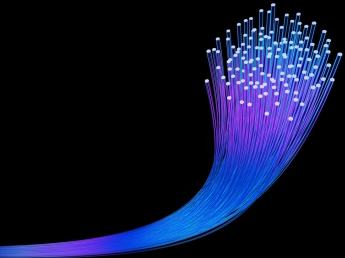- Related articles
- All Cisco SFP-10G-LR-S's information (List price, Specs, Datasheet PDF, Compatibility matr
- Optical Transceivers for Cisco WS-C3650-24TS-S-RF Switch
- All Cisco XENPAK-10GB-LW's information (List price, Specs, Datasheet PDF, Compatibility ma
- All Cisco ONS-SI-622-L2's information (List price, Specs, Datasheet PDF, Compatibility mat
- Optical Transceivers for Cisco ME-3400-24TS-D Switch
- All Cisco DWDM-X2-58.98's information (List price, Specs, Datasheet PDF, Compatibility mat
- Optical Transceivers for Cisco N6K-C6001-64P Switch
- Optical Transceivers for Cisco WS-C2960CG-8TC-L Switch
- Optical Transceivers for Cisco SG102-24-UK Switch
- The Things You Need to Know about 100GBASE-CR4 Ethernet Standards

Introduction
One of the key factors that you should consider when purchasing fiber optic cable is its speed. However, the speed depends on the strength of the internet. Various researchers showed that there are different cables with different speed at certain internet strength. This blog therefore, discusses on the internet speed in downloading and transmitting the data through fiber optic cable. For instance, the average speed in the United States is considered to be 18.2Mbps. Consequently, an HD movie can be downloaded 20 faster the time taken to download one hundred songs by use of Gigabit fiber optic cable. Therefore, the amount of the data being downloaded or transmitted also determines the internet speed.
For short distance application, such as a network in an office building (see FTTO), fiber-optic cabling can save space in cable ducts. This is because a single fiber can carry much more data than electrical cables such as standard category 5 Ethernet cabling, which typically runs at 100 Mbit/s or 1 Gbit/s speeds.

Setting fiber optic internet speed
Faster laboratory speeds have been reported, with the most recent in 2012 by NEC and Corning Incorporated of 1.05 Pbit/s using a 12 core fiber and multiple WDM channels. What is most important about Alcatel-Lucent’s claim is that the transfer took place on a single long-haul 7200km optical fiber cable, similar in distance to transoceanic cable distances, means that this is a “real-world” world record speed that could potentially be active under the Atlantic within months.
Today’s fiber optic networks are capable of operating at astounding speeds. However, to meet the ever growing demands of a business infrastructure increasingly reliant on cloud-based services and with more and more devices using the Internet, the reduction of fiber optic light loss is still a priority.
Speeds can be radically boosted in short distance applications, such as in data centers, where cables are generally shorter and intertwined, but research continues into extending this increase with minimal signal degradation over greater distance, when referring to the percentage of light lost per kilometer of fiber. This is why Alcatel-Lucent’s announcement was so important – previous high speeds have been set at distances in the range 50-240 km, hardly useful from transoceanic cables.
Conclusion
The fiber technology has brought great impact on the time taken to transmit data over long distances. The fiber technology is much faster as compared to the time taken by the traditional copper-based technologies such as cable and DSL. However, the level of speed depends largely on the company offering the service. In the next 20 years, the internet speed is forecasted to be 1000 times faster as it is today.






















































